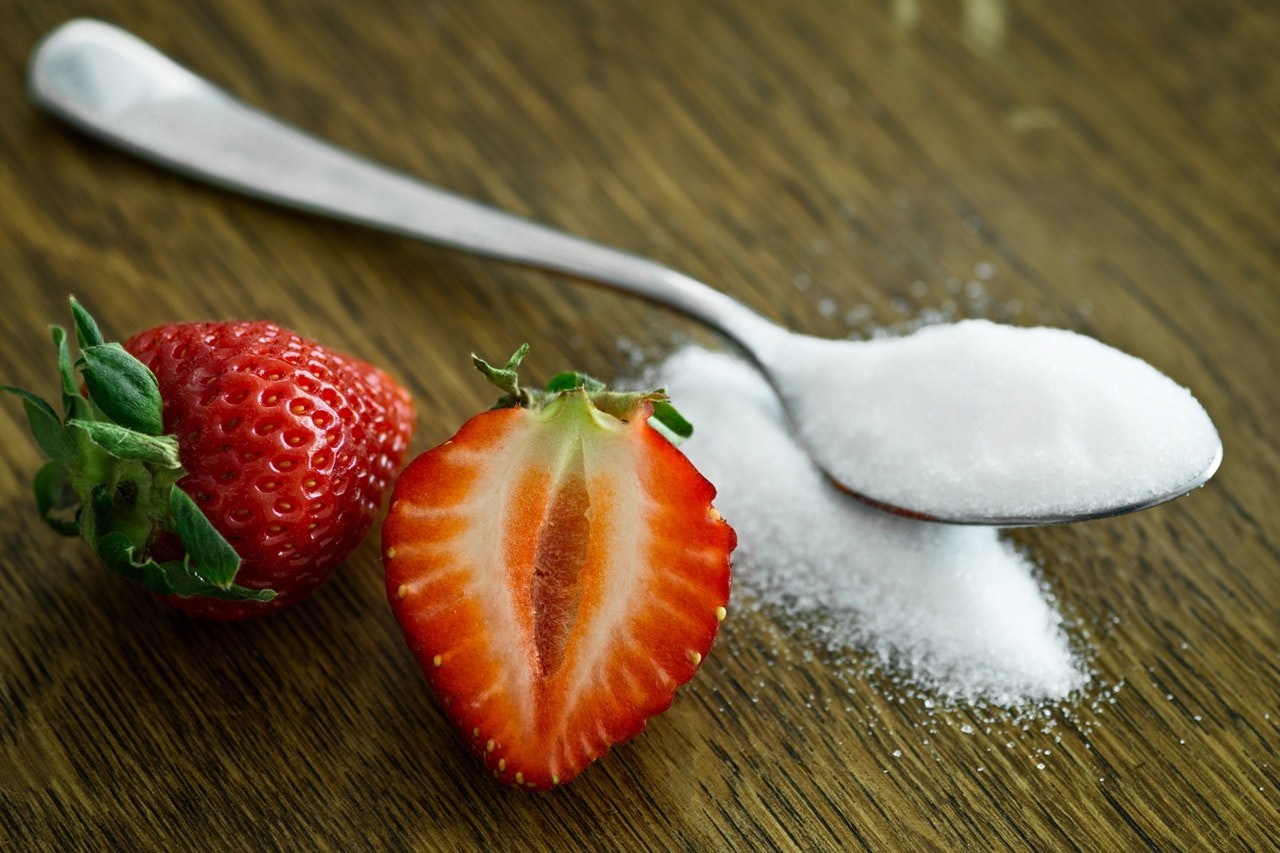Article authored by Readout Health with editorial oversight from Chief Medical Officer, Naomi Parrella, M.D.
Affecting over 40% of the United States population, obesity is a widespread and serious health condition. The World Health Organization defines obesity as “abnormal or excessive fat accumulation that presents a risk to health.” If you’ve ever heard of the Body Mass Index (BMI), perhaps at the last visit to your doctor’s office, you might know that it’s one screening tool that healthcare providers use to measure body size based on height and weight – where a value of 30 and above indicates obesity.
While BMI can be an indicator of weight status, it’s important to know that it’s best used as a screening tool for a population, and not necessarily the best measure for everyone. For example, a BMI for a well-built athlete might suggest obesity, even though the athlete’s body is composed of less fat and more muscle. That’s because the BMI does not take into account the fat or muscle composition of any one body – it only accounts for weight. Likewise, various races and ages have different BMI ranges that are associated with increased health risks.
To be sure, obesity can hinder a person’s quality of life, causing psychological and social distress, but facing obesity is equally concerning because it may increase a person’s risk for serious disease. Cancers affecting the breast, liver, thyroid, and colon, high blood pressure and heart disease, osteoarthritis, and lower life expectancy are all associated with being obese. Obesity also heightens the risk for type 2 diabetes by leading to insulin resistance.
What does it mean to be insulin resistant? And what is the relationship between insulin resistance and obesity?
Insulin resistance
Before diving into the concept of insulin resistance, let’s first learn what insulin is and its critical role in maintaining your health.
During digestion, the starches and sugars from your food are broken down into glucose, which are sugars that are absorbed into the bloodstream. This signals your pancreas to release insulin, a hormone that helps transport the glucose from your blood into your muscle, fat, and liver cells to use for energy or be stored for later. When the glucose enters the cells, the levels of glucose in the blood reduce, which then signals your pancreas to stop releasing insulin. So in a way, insulin acts as the “key” that unlocks your cells, allowing them to access the sugar in your blood for the energy they need. As you can see, insulin plays a major role in regulating your blood sugar levels by making sure they’re not too high.
The production of insulin is based on the amount of sugar in your blood and other hormones, and when all is working smoothly, it is a pretty controlled process. The problem, though, occurs when cells in the muscles, fat, and liver become insulin resistant. That is, the body’s cells don’t respond appropriately to insulin and are less able to use it for its intended purpose – to deliver sugar into the cells. This causes a buildup of sugar in the blood, which stimulates the pancreas to produce even more insulin to compensate and try to unlock the cells. Over time, if the cells become too resistant to the insulin that’s being released, metabolic complications like heart disease, nonalcoholic fatty liver disease, and eventually, prediabetes and type 2 diabetes can result.
What causes insulin resistance?
Many biological factors can set insulin resistance in motion, including a person’s genetics, age, and lifestyle. Lifestyle factors like having excess body fat, being physically inactive, consuming a diet of processed, high-carbohydrate foods that cause rapid spikes in blood sugar, and taking certain medications can all elevate the risk of insulin resistance.
How obesity and insulin resistance are interconnected
Obesity and insulin resistance appear to have somewhat of a cyclical effect on one another – that is, obesity can cause insulin resistance, and insulin resistance can lead to weight gain. Many studies support the idea that the main driver of metabolic disease is insulin resistance which is caused by obesity. Specifically, visceral fat, or the excess fat in the belly and around the organs, is believed to be a leading cause of insulin resistance. This is because abdominal fat cells can become inflamed and secrete small proteins called cytokines that stimulate the immune response and activate chronic inflammation in fat tissue, skeletal muscle, the liver, the gut, and the brain. This inflammatory response, coupled with the continual secretion of cytokines, impair the body’s insulin signaling, or the way insulin acts to deliver glucose into the cells, which then contributes to insulin resistance.
What causes abdominal fat to become inflamed? Research from Columbia University provides one explanation, suggesting that abdominal fat-induced inflammation is initiated by the liver. The study showed that obesity triggers the production of a liver enzyme called DPP4, which then travels through the bloodstream to abdominal fat tissue, activating its inflammatory cells.
Many studies illustrate how obesity can cause insulin resistance, but research indicates that the reverse may also be true: insulin resistance may induce weight gain and obesity. When cells are resistant to insulin’s effects and cannot absorb enough glucose, an excess amount of glucose builds up in the bloodstream. This signals to the body to store the glucose in the liver and muscle tissues, and when those are at capacity, the leftover glucose gets stored as fat – leading to weight gain.
Can insulin resistance be treated?
While there’s not much you can do to change your genes or the fact that you’re getting older, addressing any lifestyle choices that might be contributing to insulin resistance and obesity is the best way to improve your body’s sensitivity to insulin.
-
- Pay attention to your waist circumference. Measure around your waist. For men, a waist measurement of 40 inches or more raises the risk of insulin resistance, whereas for women, a waist measurement of 35 inches or more puts you at higher risk.
- Improve your diet to minimize insulin spikes. Consuming foods and drinks that reduce the impact on your body’s insulin is one of the most effective ways to help with insulin resistance. That means enjoying foods that keep spikes in your blood glucose and insulin to a minimum. Scale down or eliminate processed sugary or starchy foods like bread, pasta, rice, cereals, crackers, and high-carb fruits and vegetables to keep your insulin stimulation low. Instead, eat low-carb foods that are high in fiber, protein, and fats.
- Boost your exercise routine. Research shows that incorporating endurance and strength exercises into your weekly routine may effectively decrease insulin resistance, especially when performed consistently. Physical activity builds muscle which sensitizes the muscle to insulin, allowing it to absorb more glucose from the bloodstream. It may also improve your body composition by helping you to slim down, resulting in less abdominal fat and reduced inflammation. One study suggests that swimming is especially helpful in curbing insulin resistance by decreasing fat in liver and muscle tissues.
- Manage your stress. Cortisone, also known as the fight-or-flight hormone, provides your body with a dose of glucose for quick energy during stressful situations by accessing protein stores in the liver. When you are chronically stressed, cortisone continually produces glucose, leading to consistently elevated blood sugar levels and inflammation. Untamed stress can also make you more prone to coping with your worries using food, particularly palatable, carb-rich foods that can cause you to gain weight.
Want to learn more? Check out our recent webinar where Chief Medical Officer Dr. Naomi Parella and endocrinologist and renowned metabolic health expert Dr. Robert Lustig discuss obesity and insulin resistance topics at length.



